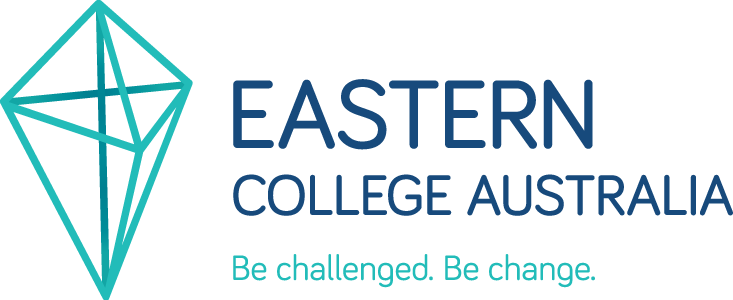Pre-requisites
None.
Co-requisites
None.
Learning Outcomes
On successful completion of this unit, the student will be able to:
Critically analyise the historical patterns of worship and spirituality and formulate a theoretical framework for personal and corporate worship and spirituality.
Evaluate and critically reflect on the multifaceted expressions of worship and spirituality in a variety of Christian traditions.
Critically review and justify the value of the nature and role of the sacraments as an aspect of corporate worship.
Synthesise the church’s historic liturgical patterns and spiritual disciplines with the emerging culture to propose a framework for engaging in worship and spirituality in the contemporary church.
Unit Description
This unit seeks to lay a biblical, theological, and historical foundation that will inform the creative development of worship services in a variety of settings and the understanding of the spirituality operative in and shaped by Christian worship. Theological definitions of worship and spirituality will be established and a biblical theology of worship and spirituality in both Old and New Testaments will be developed. The distinctive shape and narrative of Christian worship will be carefully set forth, making it clear what is distinctive about this activity as compared with the worship practices found in other religions.
Historic patterns of worship and spirituality will be traced with a view to understanding them in their own time and place as well how they might inform the worship and spirituality of today’s church. The following historic trajectory will be identified:
-From Synagogue to Ecclesia (The Early Church) -From Ecclesia to Temple (Middle Ages) -From Temple to Auditorium (Reformation Period) -From Auditorium to Tent (The Age of Revivals) -From Tent to Pillar of Fire (Charismatic Renewal) -From Pillar of Fire to Kaleidoscope (The Postmodern Era)
The purpose here will not be simply to give an historic narrative but to reflect on the intentionality of the church in adopting the forms of worship and spirituality that it did, asking students to reflect critically on these decisions.
The role of music in worship will be considered and the various musical styles that have been appropriated in congregational worship as well as the ways in which the church’s own music has enriched the sum total of human enjoyment of music. For example, the place of J. S. Bach in the great musical tradition of Europe cannot be divorced from the Lutheran and Pietist tradition out of which the great composer emerged. The conflict over the use of music in the church will be examined and the theological and ecclesiastical origins of the worship wars that each successive generation struggles with will be reflected upon.
The purpose of worship and the question of whether it should be considered in altruistic ways (solely for the glory of God) or in utilitarian ways (to draw people to faith and build up believers) will be carefully considered. The connection between worship and evangelism will be investigated and an evaluation of whether these two activities may be united in a mutually enriching way will be carried out.
The value, power, and danger of visual symbols in worship and spirituality will be evaluated. The way in which the church has veered toward both the extremes of idolatry and iconoclasm will be critically investigated.
Sacramental spirituality and the place of the sacraments in public worship will be brought into view. The etiquette of sacramental observance, both for those leading such services as well as participants in general will be carefully described and modelled and students will be given an opportunity to sharpen their skills in such ritual behaviours.
Students will be introduced to or deepen their awareness of the value of the church year. They will be encouraged to investigate the enrichment that comes, both personally and congregationally, from such spiritual discipline of observing the cycle of Advent, Christmas, Lent, Easter, and Pentecost. Objections to such observance will also be considered.
The skills involved in the planning, preparation, construction, and leading of worship services will be imparted to students and an opportunity given to exercise these skills in the class setting will be given. Students will also be introduced to or deepen their appreciation for such spiritual disciplines as lectio divina (mediation upon Scripture), silence, fasting, and journaling and be given an opportunity to experiment with or improve their use of such practices.
Teaching Strategies
Teaching strategies include some or all of the following: lectures and tutorials; residential and weekend schools; class discussions; presentation of instructional material in the form of printed documentation, DVD, video and audio tape and online interaction.
Unit offerings
Face to face: (Every 2nd Year (Odd), Semester 1)Please note
The Unit Offerings listed above are a guide only and the timetable for any year is the final authority. The College may vary offerings based on demand, regulatory requirements, continual improvement processes or other conditions.
This unit may be available in different modes of delivery i.e. online and face-to-face as listed above. The unit content will not differ between these modes of delivery. There will possibly be a difference in the schedule and/or the prescribed assessment tasks, however both will cover and assess the same content.
